Samin Mohammadi
Advisor: Brian T. Rex
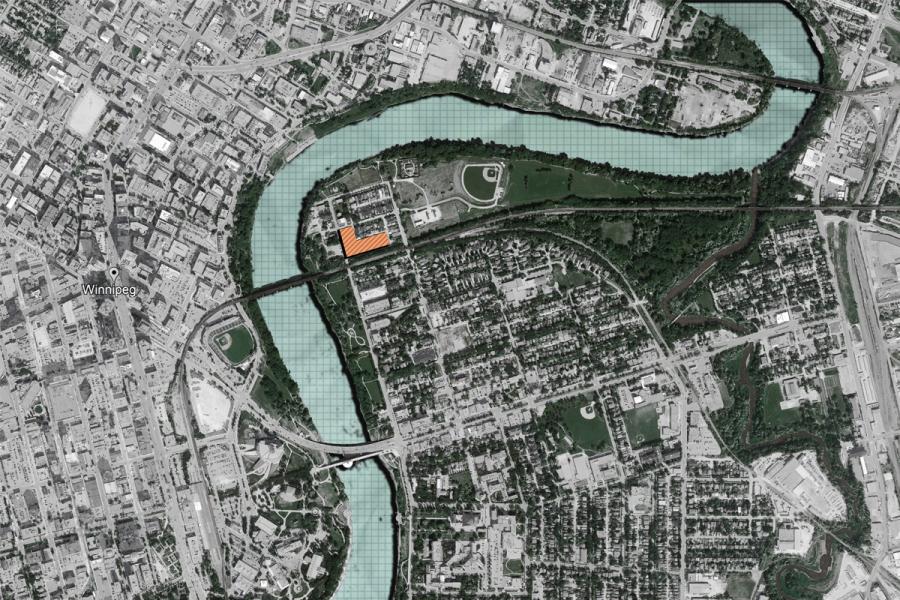
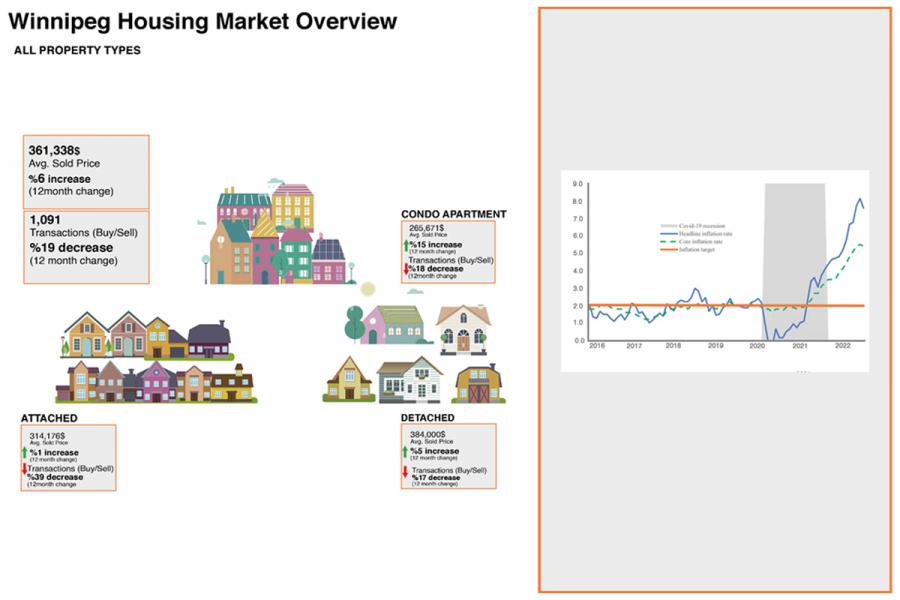
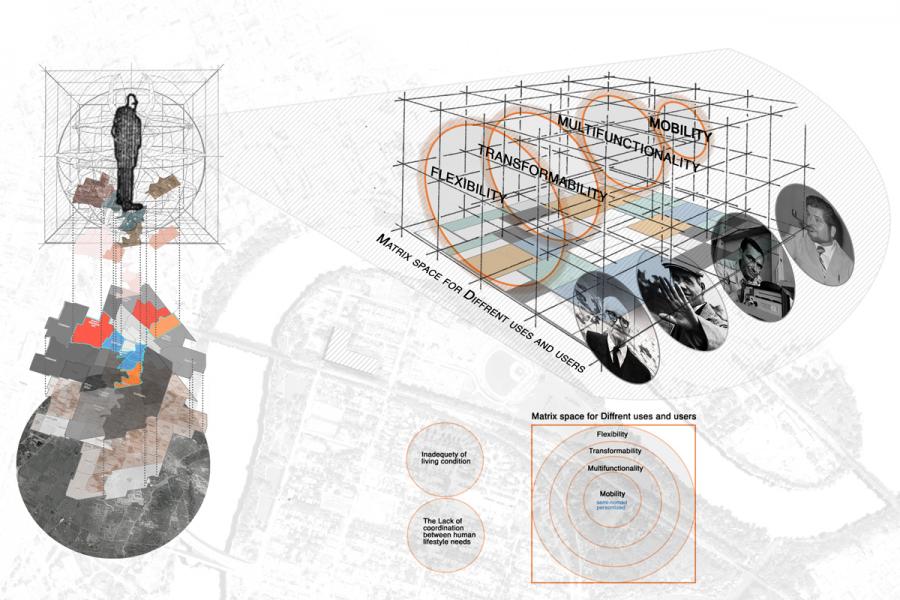
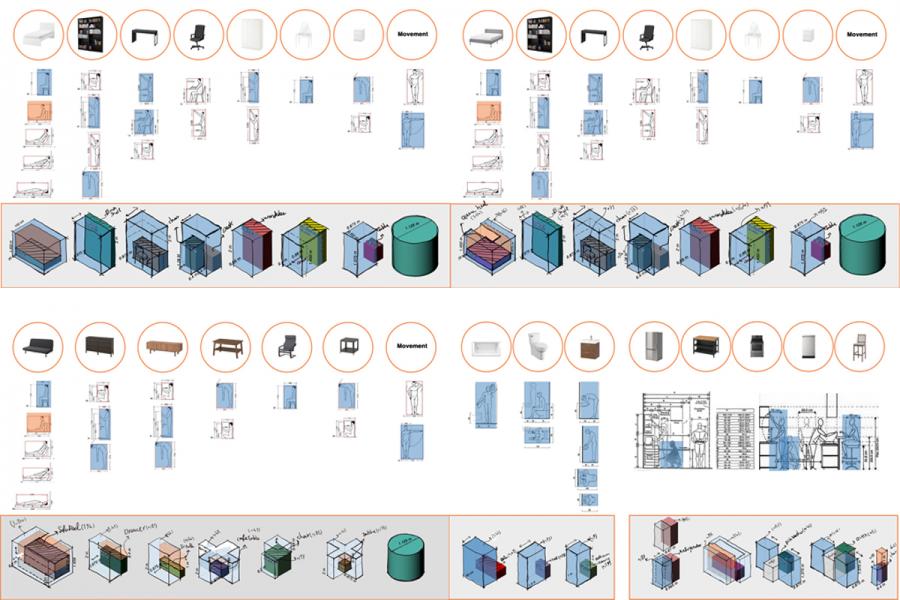
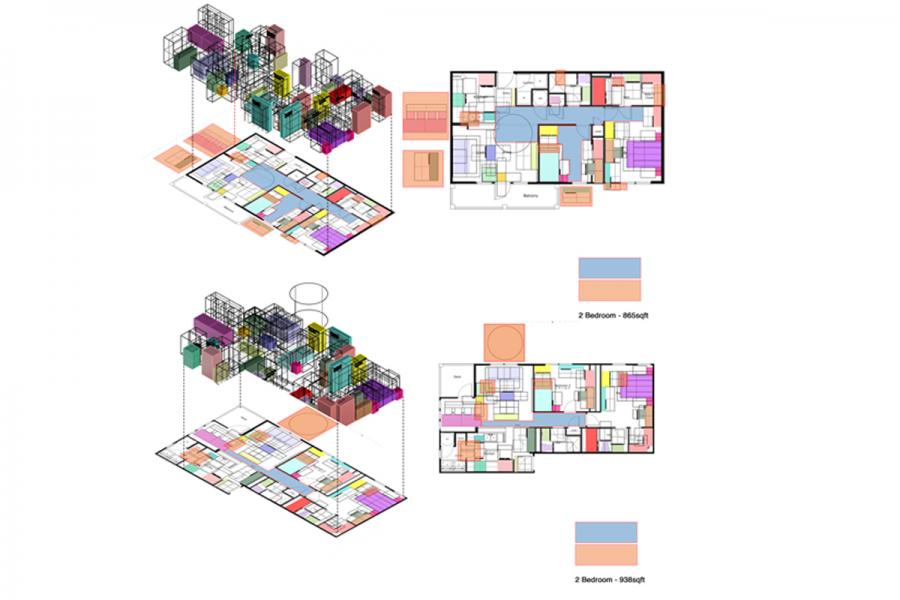
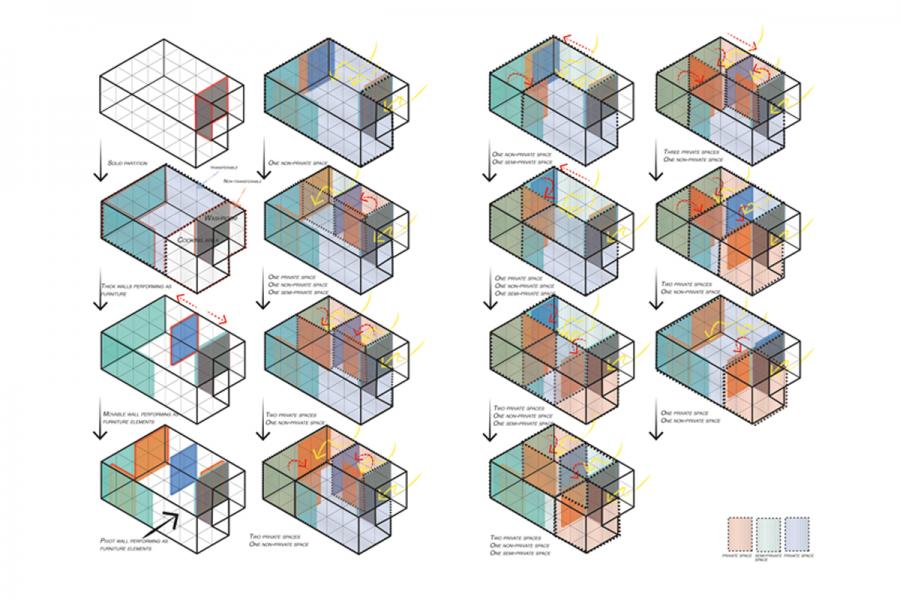
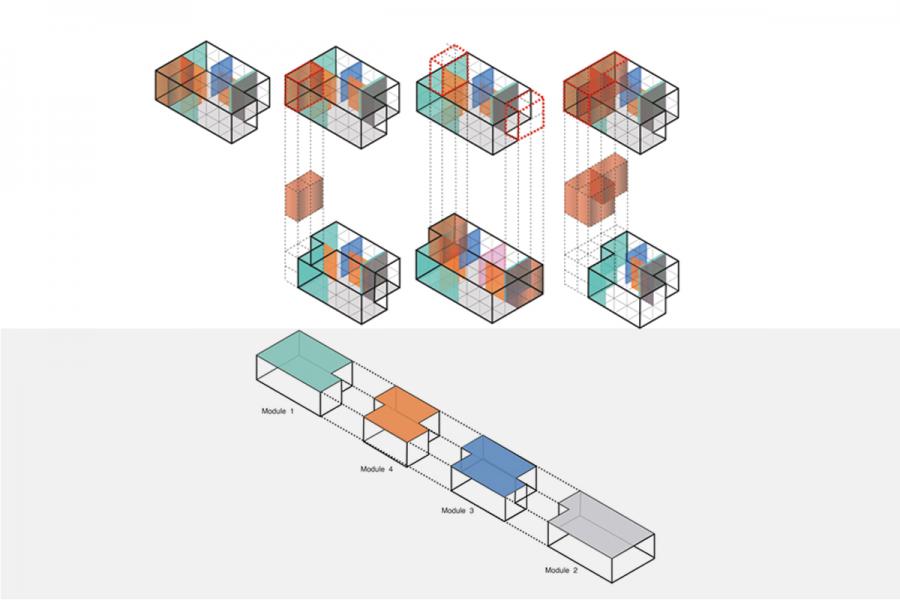
Flexibility, potential alternative of Unaffordable and Inadequate spaces
The world has long needed flexible and affordable housing, especially in metropolitan cities.56% of the world’s population is living in cities and it is predicted to reach 70% by 2050 due to population growth of 75 million every year and the high-speed and scale of urbanization. (1) This will not only lead to a shortage of housing but also a massive need for affordable housing because of the exponential rise in per-square-foot prices which is the result of high demand and low supply. Additionally, since the COVID lockdown, the situation has gotten worse; first, many people have worked hard to buy and create a secure environment so that they can live, work, and engage in a variety of activities in their own place; second, the Bank's policy rate has increased due to the high rates of inflation that the COVID crisis has caused globally. (2) The most significant factor is that, in addition to housing costs per square foot being significantly higher than they were previously, many people also experience inequality in housing conditions as a result of a change in lifestyle from spending more time outdoors to spending more time indoors. (3) It is no doubt that our space should accommodate people's needs while preserving it as much as possible due to considering space as a rare and precious resource. So, rigid and traditional housing types have not been able to meet the demand for affordable and adaptable housing over the past years. Now, it's crucial to have a proper land-use concept that satisfies people's basic physiological and psychological needs within an economic framework.
Each person brings their history, strengths, weaknesses, needs, and interests to space, so how they interact with their surroundings will be unique as their fingerprints. Therefore, creating flexible spaces that have the potential to host flexible architectural elements and furniture is the most practical and appropriate approach to addressing affordability and incongruity between people's lifestyles, needs, and living spaces. Through transformability and multi-functionality, new spaces and their elements will be able to adapt themselves to a wide variety of uses and users at different times, meeting the standard living needs of residences within a cost-effective framework. In other words, spaces are not ritually restricted to their specific function as there are many configurations in space that will allow us to recalibrate space and liberate inhabitants from rigidness. So, changeability in function (free plan) and flexibility in usage of elements will increase space capacity and quality of life, helping to conserve resources and space by avoiding unnecessary building on numerous meters due to the multifunctionality feature. Therefore, this approach is beyond accessibility and it is a great way of removing any barrier and maximizing life satisfaction for all kinds of people within a budget. In such a place, people can call their living spaces: a" home" which is reflecting the unique person's existence.
1.World Bank. 2020. “Urban Development.” World Bank. 2020. https://www.worldbank.org/en/topic/urbandevelopment/overview.
2.Afxentiou, Diamando, Peter Harris, and Paul Kutasovic. 2022. "The COVID-19 Housing Boom: Is a 2007–2009-Type Crisis on the Horizon?" Journal of Risk and Financial Management 15, no. 8: 371. https://doi.org/10.3390/jrfm15080371
3.Ikram, Lubna. 2020. “Disadvantages of Working from Home.” Vantage Circle HR Blog. August 28, 2020. https://blog.vantagecircle.com/disadvantages-of-working-from-home/.
